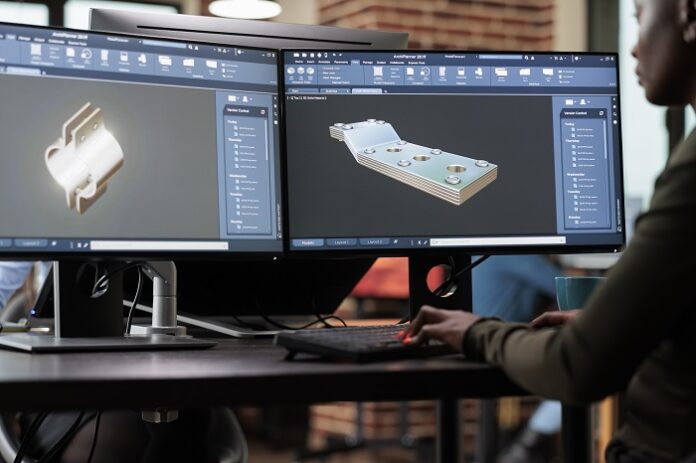Innovation births great solutions, and one such innovative revelation that has significantly revolutionized the field of engineering is Computer-Aided Design (CAD). Indispensable in tasks ranging from conceptualizing designs to product lifecycle management, CAD has streamlined numerous processes within the engineering industry. It has embodied an evolution in engineering design, bringing forth the technology-driven era of digital design and simulation.
Much like the cornerstone of a building, CAD is now fundamentally essential to the framework of modern engineering – it’s not just an auxiliary tool anymore. It represents a vital force that drives the planning, development, and execution of design in various disciplines, ranging from automotive to aerospace and from electronics to civil engineering. CAD software has become a trusted ally of engineers worldwide, being virtually involved in every product we see around us. With its extensive applications and profound influence, CAD indeed stands as a true testament to technological intervention in engineering.
The Rising Demand for CAD in Engineering
The increasing complexity and demand of engineering tasks necessitate tools that can handle a high degree of precision and efficiency. That’s precisely where CAD comes into play.
Bridging the Efficiency Gap
CAD helps in turning initial sketches and ideas into definitive, dimension-specific designs. By automating the drafting process, it lets engineers bring their ideas to life in a concrete, visual form more quickly. It exponentially increases the rate of producing accurate, detailed, and clear designs, improving productivity multi-fold.
Plus, it reduces the risk of manual errors, providing an opportunity to maintain a high standard of accuracy. With CAD, designs are not only error-free but also easily modifiable, ensuring that engineers can adapt to changes or improvements without having to start from scratch. This adaptability further strengthens the quality and viability of the final designs.
Enhancing Collaboration and Communication
Communication and collaboration are key aspects of modern engineering. With CAD, sharing and discussing designs becomes easier and more streamlined. CAD’s 3D visualizations further help in clearly interpreting designs, allowing for better understanding and communication among engineers and clients.
Now, coming to an interesting part of this discussion, let me expand on the vital role CAD design services play in modern engineering. CAD design services provide expert assistance in draft development, concept design, detailed design, 3D modeling, and more. These services contribute profoundly to executing complex engineering projects with greater efficiency and precision.
CAD: Beyond Just Designing
While CAD is synonymous with design, its role extends beyond just that. It has found applications in various aspects, including simulation, analysis and manufacturing.
Simulation and Testing
CAD software allows performing simulations, and modeling the working conditions to foresee how designs would behave under various parameters. These simulations can accurately replicate physical behaviors and effects such as airflow, stress distribution, and thermal effects within a virtual environment.
This process helps engineers anticipate potential problems and rectify them before moving into the manufacturing phase. They can tweak, revise and optimize the designs based on these insightful simulations, thereby assuring that the final manufactured products meet the desired standards and survive real-world conditions.
Manufacturing and Production
CAD designs can be effortlessly integrated into manufacturing systems to simplify the production process. It allows flawless transfer of design data without the need for manual re-entry, which significantly reduces the risk of rework and waste.
As we wrap up, it’s important to emphasize the critical role played by CAD conversion services in this ecosystem as well. As engineering firms move from paper-based design processes to digital ones, the demand for CAD conversion services has skyrocketed. These services ensure that all valuable data, drawings, and design records are carefully digitized, standardized, and made ready for use in today’s CAD platforms.
Conclusion
In the vast and dynamic landscape of modern engineering, CAD certainly stands as a cornerstone. Its capability to bring more efficiency, fuel collaboration, enhance visualization, and facilitate smooth manufacturing underscores its integral role in the engineering process. As the world of engineering continues to rapidly evolve, the importance of CAD, backed by services like CAD design and CAD conversion services, will only grow more profound. The future will tell the tale of just how unimaginably vital CAD turns out to be, but as of now, it is irrefutably the cornerstone of modern engineering.
Image by DCStudio on Freepik





